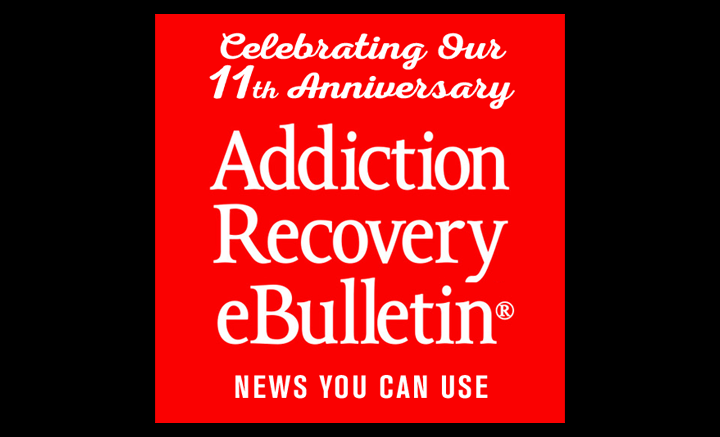Hands Off! –
July 23, 2020 – Since pornography has moved from physical goods like video cassettes and magazines to digital media shared online, people no longer need to visit a store and speak with a salesperson to access pornography. Additionally, much of the pornographic content available online is freely available. This allows people to find new pornography on a basically limitless basis as more content is uploaded to the internet.
Recent technological advances have also made it easier for people to discretely view pornography.
For example, whereas previously keeping a computer in the common areas of a family home could help parents monitor their children’s internet use, now that smartphones have become a daily necessity, it’s harder to determine what each family member is subjecting themselves to online.
For young people, specifically, pornography use may play a role in warping their expectations of what a healthy sexual relationship looks like.
Even adults who frequently view pornography have sometimes described sexual dysfunction and addiction as a result of repeated exposure to pornographic materials. This may pose an even higher risk to younger viewers, whose brains are still developing.
Those who do go on to develop a pornography addiction may find it very difficult to control their use when they’re only a “click” or a “tap” away from more pornographic content.
For this reason, some people can benefit from a complete technological cleanse. Inpatient addiction recovery facilities, like Desert Solace in Dammeron Valley, Utah, allow clients to get away from technology and life stressors to connect with other people and nature and work towards recovery.



